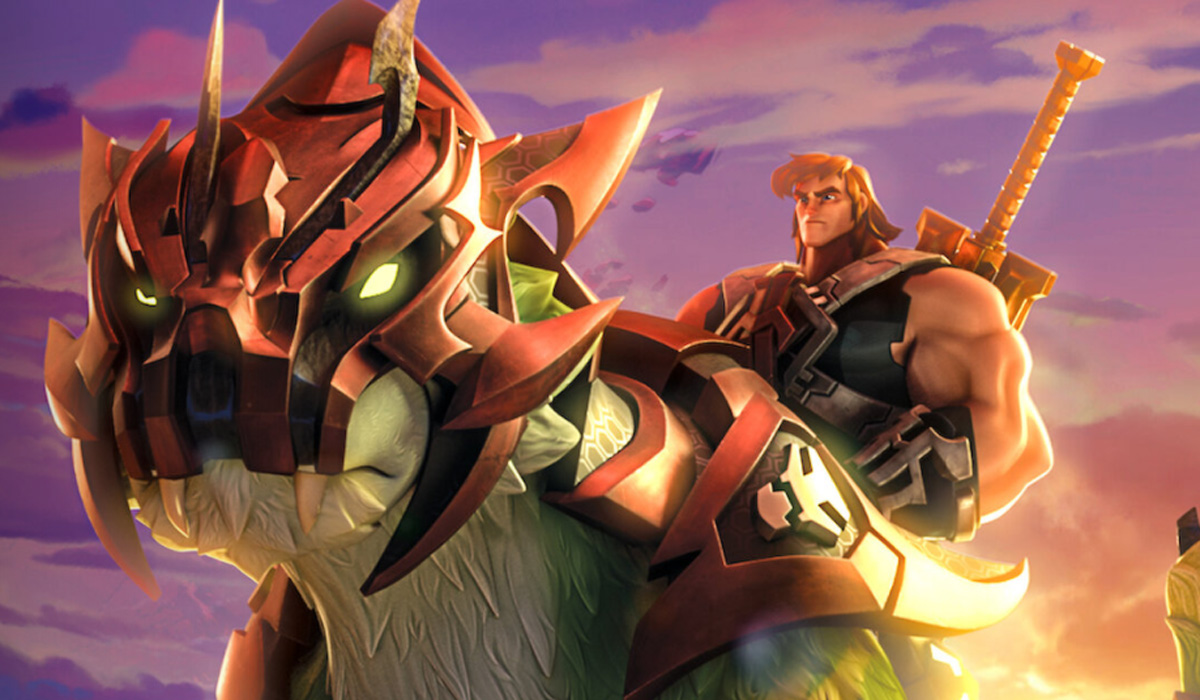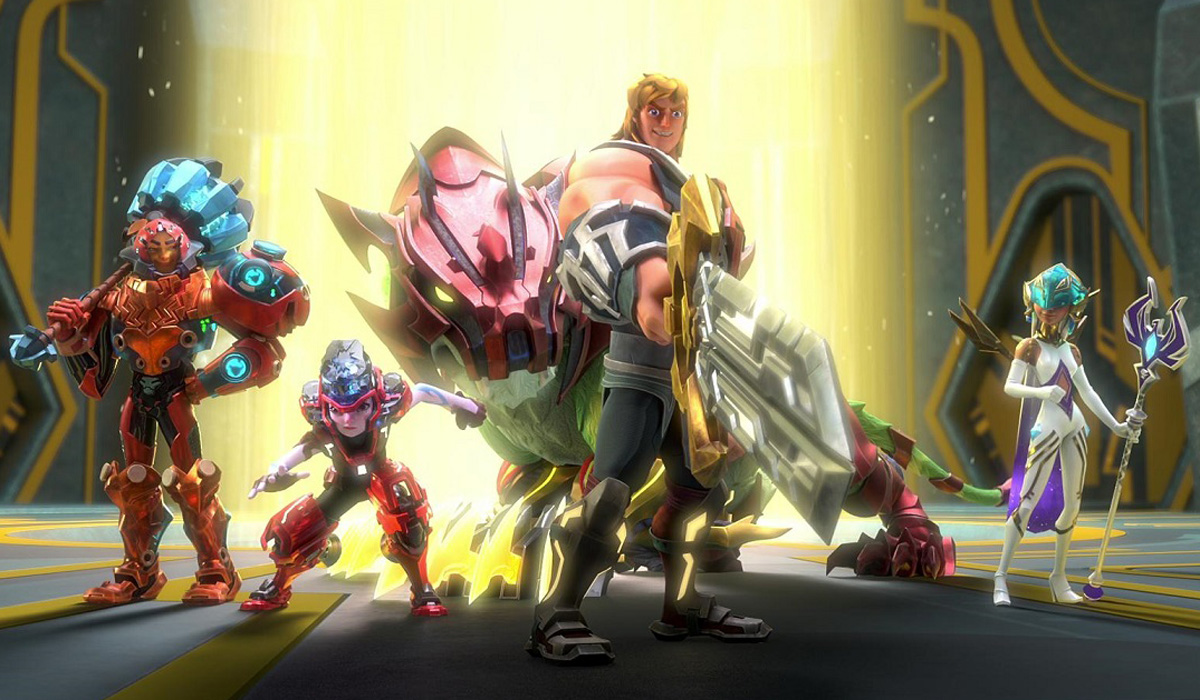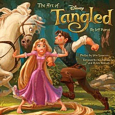 Since its creation in 1982, the Masters Of The Universe franchise has transcended generations and ignited passion amongst fans around the world.
Since its creation in 1982, the Masters Of The Universe franchise has transcended generations and ignited passion amongst fans around the world.
Now, nearly 40 years later, Mattel’s relaunch of Masters Of The Universe brings back the thrilling, heroic adventures of the Guardians of Grayskull with new content, toys, and consumer products to delight long-standing fans and introduce an entirely new generation to Eternia. This summer, He-Man, Skeletor, and their motley crew returned to screens in Masters Of The Universe: Revelation, a continuation of the classic storyline from the 1980s. While Masters Of The Universe: Revelation was aimed at adult fans, clearly the adventures of He-Man caught the attention of kids today.
And now, Mattel proudly presents He-Man And The Masters Of The Universe, a dazzling CG-animated series that reimagines the thrilling heroic adventures of the Guardians of Grayskull for this next generation of fans. It introduces an all-new He-Man for kids to call their own.
We were privileged to meet Rob David (Showrunner, Executive Producer and Vice President of Creative Content for Mattel Television) & Jeff Matsuda (Co-Executive Producer) to get further into the creation of the shown premiering September 16 on Netflix.
And the least we can say about them is that “they have the Power!”
Animated Views: The series is a whole new take on Masters Of The Universe. How did you approach it?
Rob David: The whole spirit of this is to take the concept of Masters Of The Universe and to get into what it means, notably for each individual. Everybody has something tremendous inside. If you could discover it, recognize it, and unlock it, you could do tremendous things.
The other great thing about our characters is that whatever they do, that’s for each other. That’s what makes them a family. At its heart, the series is about five kids who are essentially homeless and orphans in different ways, who find themselves and unlock each other’s great potential, Adam being the key.
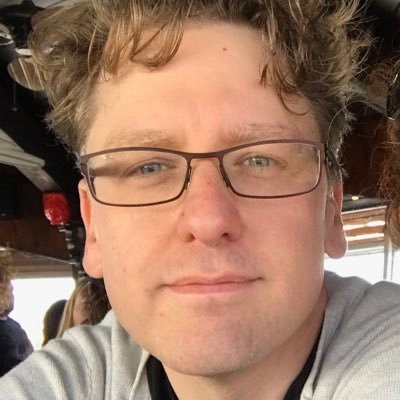
AV: Beyond that new approach, the series is at the same time a love letter to the original one.
RD: Masters Of The Universe is not just a story or a brand or whatever you call it. It’s a myth – a myth that we all love and share; and like any myth, it can be universal and forever. We wanted to take what made it really special, from the storyline to the characters and the design, and then re-imagine it, re-contextualize it for kids today, so that it could be their He-Man, their Masters Of The Universe, that speak to their world. Our aim was to be absolutely true to the spirit and intention of the original, to the DNA that made up the characters of these worlds and these archetypes. If you’re a fan, growing up like me, Jeff, Bryan, the Story Editor, Susan, the Producer, Melanie, the Creative Executive, and all the people who worked on this, you’ll recognize it. You’ll be able to sit there with your kids, and see the echoes from the classic. But you’ll be surprised, too. You’ll get to meet these characters both familiar and fresh simultaneously. While being in your 30s or 40s, it’s like being able to be six years old again!
Jeff Matsuda: While we wanted to be inspirational for kids, it also was very important to us that the fans love this new take as well.
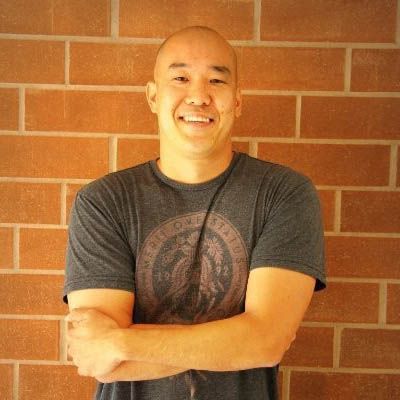
AV: How did you work on this new storyline?
RD: We took the actual basis of the original series, keeping it true, and then transformed it. But the first thing was, for me, to look at the concept of the hero and how we react to it nowadays. If you look at our cultural history, our mythologies and our super-heroes, people who inspire us kids and adults, we’re not looking so much for instant, perfect heroes anymore. We’re looking for people who face challenges, not just externally but also internally, and then have to overcome these challenges. We’re looking for someone who starts off at zero but has great potential, great heart and reaches for infinity. So, for us, it was important to present the character of Adam not as the alter-ego for He-Man but as a kid who’s got great potential and needs to actually master his own power, master… the universe. That meant starting him not in the position of pure strength, but starting his journey earlier and then populate his world with the different characters that will go on this journey as well. Because it was also important to us to take the concept of Masters Of The Universe and show that it concerns everybody. He-Man is the symbol, the vanguard, the leader of what that means, but it really is something that talks to all of us. Inside all of us is something very special, and if we find the key to unlock it, we could find our greatest strength. So, we started from that point and imagined out from there. But it’s all rooted in this sense of self-discovery that is so essential to the original.

AV: And we retrieve that in the overall world you created for the series.
JM: That’s true. Even if, visually, we tried to create a new MOTU universe, it was the same thing. It was taking the essentials from the original series and honoring them by starting from there and then reconstructing them. That’s what I’ve always loved doing design-wise, when trying to create a universe. We wanted to be loyal to all the fans, we wanted to be loyal to ourselves and then re-package it in a way that we really wanted to do.
My favorite types of worlds are the worlds that can sustain wizards and aliens and dragons and robots, just like in MOTU or Star Wars. It’s hard to find a balance of having all those things and still having it believable and so fun, and creating this mythos with all these different things happening – lasers and spells – is difficult. But that’s what makes MOTU so special, because it can sustain it all. So, to me, it was very exciting. As far as my specific design process, I like to always go back all the way to the original designs first. I wanted to know what everyone wanted to capture before and then capture it again, but in a different way. No matter what happens and how different it looks, it retains what we feel and what the fans feel was important, what we fell in love with originally.
RD: What is so important about Masters Of The Universe – the world – is this mash up between fantasy and magic and science fiction and technology. You take one of these two things out and it’s no longer Masters Of The Universe. So, we needed that to be truly part of this world. Now, how you mix those two things is open to discussion and re-interpretation. Also, the visual cues that represent technology for a 2021 audience versus a 1983 audience might be different, and the same goes for magic. But the chemistry, the spark that makes Masters Of The Universe what it is is the friction, the juxtaposition, the mash up between the two. And for me, the great opportunity to really embody this re-imagining is Ork-0. To take Orko, who is actually the magic character, and then to have him be a robot is to say ‘look, the mash-up of Masters Of The Universe between magic and technology is embodied in this one character who is in some way the mascot of this series. But then, to honor the original while making it perfect for this new world, our Ork-0 isn’t supposed to be a magician. He’s a security bot that got damaged doing something heroic for Duncan, who then repaired it using annoyingly a data cog that belonged to the original non-robotic Trollan Orko The Great. And when he reboots, he suddenly believes erroneously that he is Orko The Great! And so now you have this robot who wants to do magic and is terrible at it! It’s a robot, and that robot will have an arc, too, to learn what or who he is. Is he just a robot? Is he a magician? Maybe one day he’ll be able to do real magic. Who knows? So, I would say that our world is very much fresh and new, but the engine is pure Masters Of The Universe.
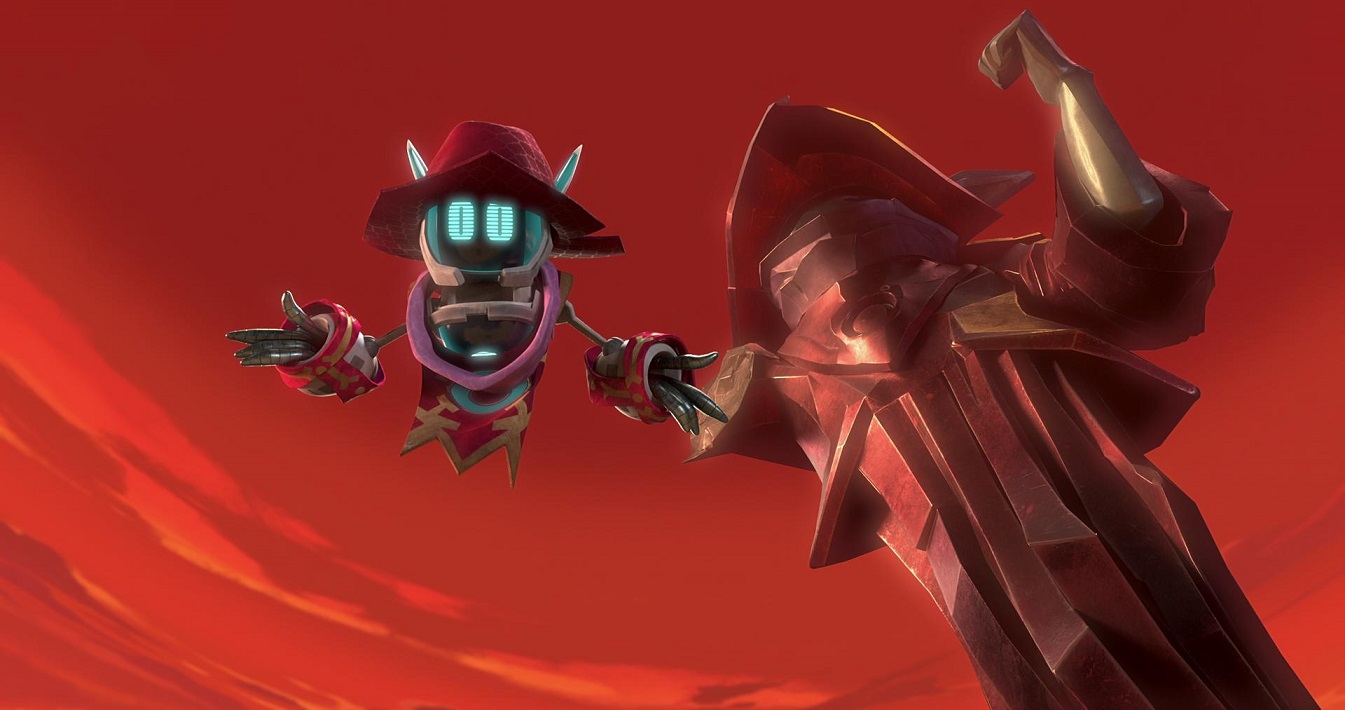
AV: How did you work with House of Cool and CGCG, the two studios that did that wonderful animation?
RD: Mattel is fully committed to treating their properties as stories and characters first, so they needed to have great animation to support that. Fortunately, our partners at Netflix had already worked successfully with these studios on Trollhunters. CGCG had also done Star Wars: The Clone Wars. They’re best in class. So, Mattel Television and Netflix jumped at the chance at working with these two studios. The teams there are really crazy good! We loved every minute of working with them!
JM: We put so much into animation. CGCG did it, and we worked very closely with them trying to find a really different style that is good for CG. We tried to develop a good shape language and find a fun animation style like in videogames or other shows. We spent a lot of time on the skin and the saturation for the colors, to make things fun and enjoyable for everybody. I think they achieved the really high bar. I couldn’t believe what CGCG was able to achieve. They pushed their team hard to give that very special look. We were so happy with the dailies, it was like Christmas every day!
We also wanted to make 3D with 2D. Sometimes, I’m not happy with 3D effects, so we went with 2D effects. It just made it more fun to look at. It brought back some of the original feel of 2D, but a little bit updated with CG.
RD: Both of us are huge fans of traditional animation but at the same time, we had an opportunity on this series, with CG animation, to deliver fights, battle scenes, powers, things you can do with the camera only with a 3D set, new opportunities that Masters Of The Universe had never had before; to make it feel, hopefully, more truly over-the-top epic at certain moments. Also, we wanted to tie the discovery of their new powers to character moments. The characters are going on this journey of self-discovery, they have an epiphany each time they make the right choice or realize the right thing. That allows them to unlock new abilities based on the power of the universe. So, we wanted to be able to dramatize that emotionally and pay that off with some spectacular animation. CGCG and House of Cool delivered that in such a brilliant way!
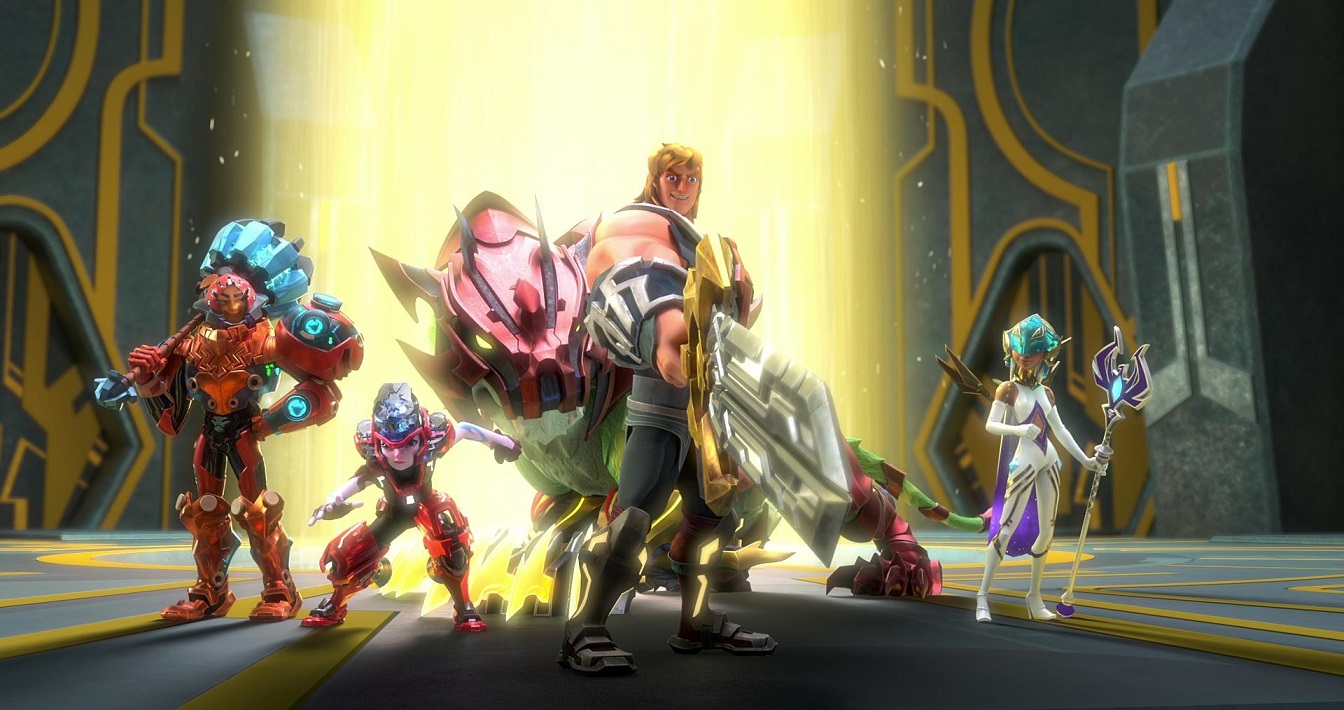
AV: There’s been several attempts at reviving the MOTU franchise over time, and this year, we are gratified by not only one but two MOTU series. How do you explain that timing?
RD: Masters Of The Universe is something you grew up with in the 80s. It was your world. You loved it more than anything. And it’s really one of the last truly great series of that era that hadn’t been brought back in our present time. As you said it, there’s been several attempts and some of them were really good. I’m a big fan of the 2002 series. But in this new age, in the last ten years, we had nothing. And yet the potential was there. We loved MOTU because it’s good. It has amazing things to offer. Mattel is absolutely in love and committed to this property; and Netflix, well, they are, too! So, we got together and said, ‘Look, we could truly have a multiverse where you have different versions of Eternia which co-exist and complement each other.’ One which is rooted in following up the storyline from the 80s, still moving it forward and paying off things that, as fans, we’ve waited now four decades to see (I can’t wait for you to see part 2 of Revelation !), and the other one that takes the DNA of it and offers it for the next generation of kids. It’s not just about us handing them our toys and having them play with them, but also about giving them their toys – and hopefully they’ll let us play with them, too!
Rob David and Melanie Shannon’s He-Man and the Masters Of The Universe: Heroes and Villains Guidebook is available to pre-order from Amazon.com!

With our deepest thanks to Rob and Jeff, Olivier Mouroux, Stacey Tesser and Mason Merritt.


